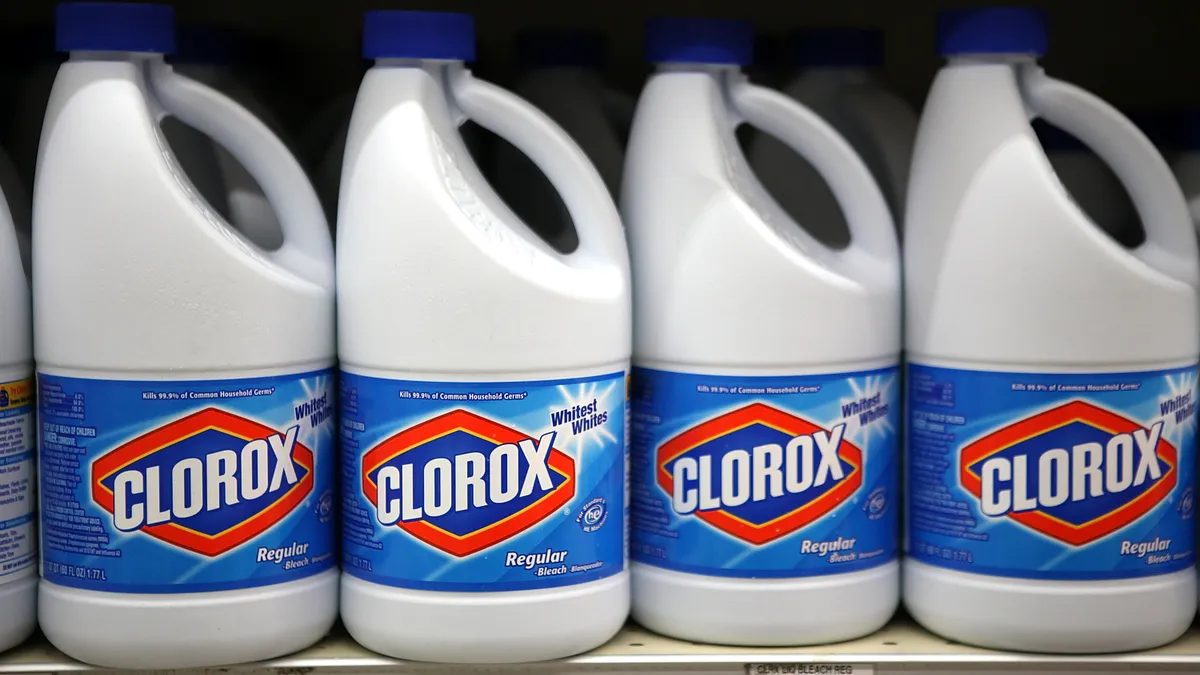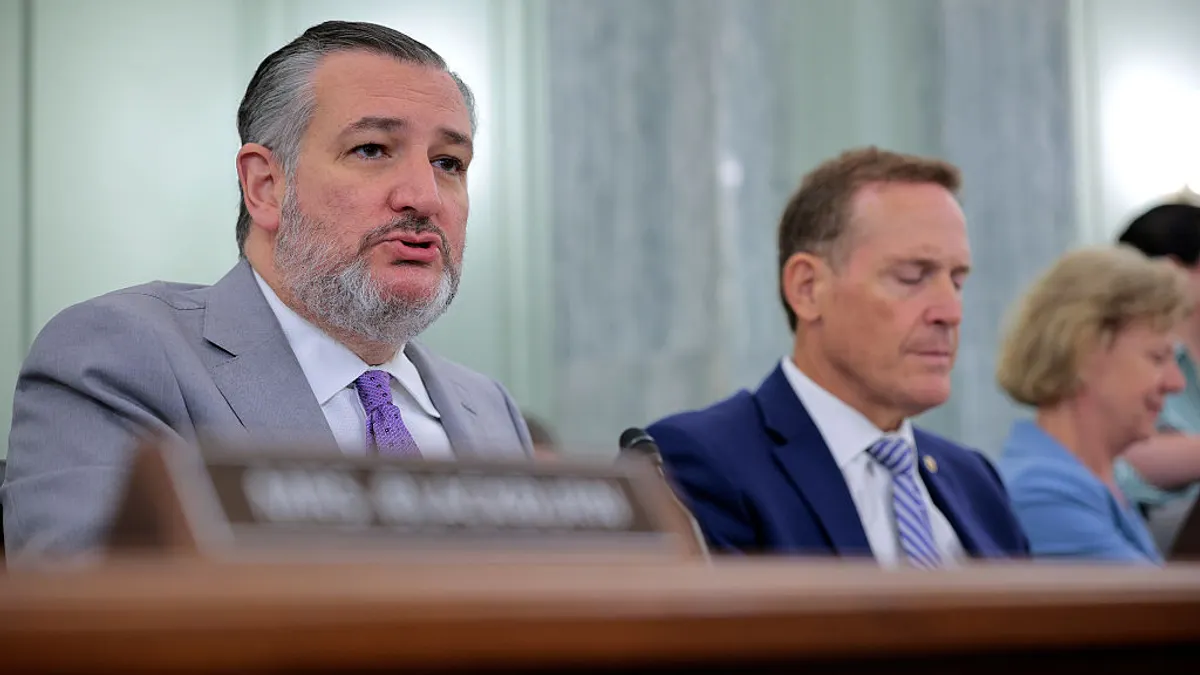Dive Brief:
- The Clorox Company faltered in its first quarter as an elongated ERP overhaul pressured performance, CEO and Chairman Linda Rendle said Monday during its Q1 2026 earnings call.
- “Unfortunately, with the ramp-up that we had on our ERP, it did cause us to lose more market share than we had anticipated,” Rendle said. “You saw that primarily impact August in a material way. We saw September a bit better, and again, in October … but we can't say we're satisfied with that.”
- During the quarter, the company reached an anticipated milestone with the launch of its ERP in the U.S. With most of the implementation now complete, executives said the company is finally out of the woods, shifting its focus to reaping the value of the technology and rebuilding momentum.
Dive Insight:
ERP projects are arduous endeavors. But Clorox is seeing the light at the end of the tunnel.
“On the ERP, we’re through the hard part,” Rendle said. “We did the heavy lifting in Q1, and we had one additional implementation that happened later in the quarter that went without note.”
The company has another smaller implementation coming up that it expects will be of no consequence. Once that’s complete, teams can start taking full advantage of the new technology.
Rendle said the ERP update brings faster insights, enables quick reactions to changing consumer behaviors, provides end-to-end visibility of its supply chain, fuels revenue management and improves efficiencies.
“We’ve been waiting for this moment for a long time,” Rendle said. “The organization is very optimistic and laser-focused on, now that we've gotten through this period, it is time to put that to work and time to ensure that we are reinvigorating categories and giving consumers the very best value we can at the moment they need it more than ever.”
Clorox’s cloud-based ERP overhaul is part of a five-year, $500 million digital transformation plan, first unveiled in 2021 and kicked off in 2022. The ERP upgrade was brought to a sudden stop in 2023 after a massive cyberattack pushed Clorox into recovery mode. Despite disruptions, the company has kept the project on track with the modernization plan.
The broader initiative, however, is projected to cost more than expected. Early estimates put the project in the range of $500 million, while the efforts are now expected to total $580 million, a figure that has raised some concern among analysts.
Of the total investment, three-quarters is expected to represent incremental operating costs, and the majority of that sum is tied to the ERP implementation. While the company expects to begin realizing benefits this fiscal year, the efforts have also had negative effects in the short term.
Clorox net sales decreased 19% and organic sales decreased 17% year over year for the three-month period ending Sept. 30, primarily due to the ERP transition.
“As with any rollout of this scale, we experienced some temporary disruptions that affected our market share,” Rendle said in a release accompanying the financial results for the quarter. “With the majority of the rollout now behind us, our focus is now squarely on accelerating profitable growth through innovation and strong demand-creation initiatives in the second half of this fiscal year.”















